

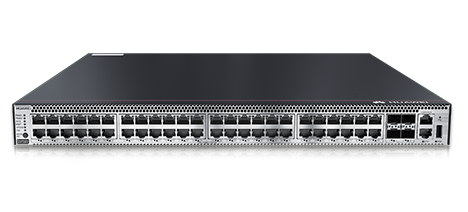

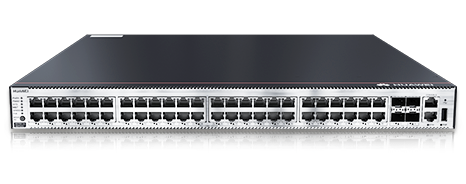
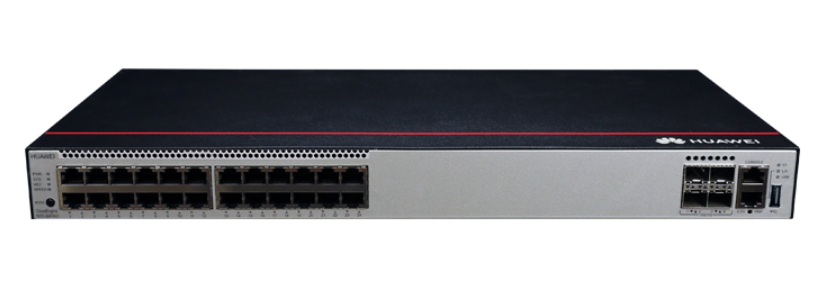


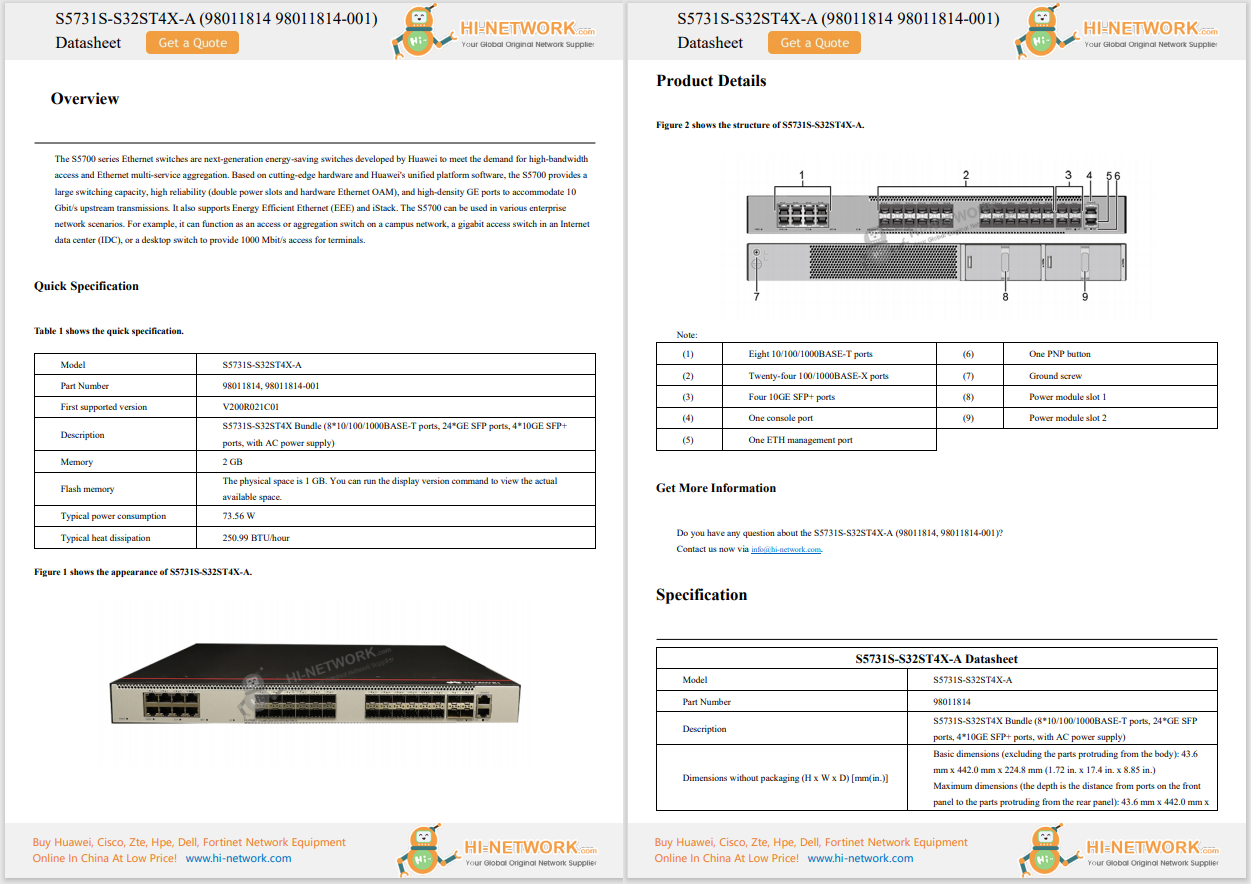


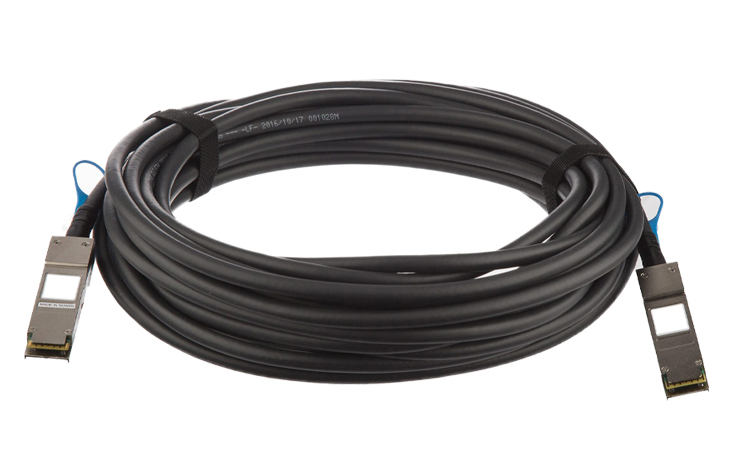


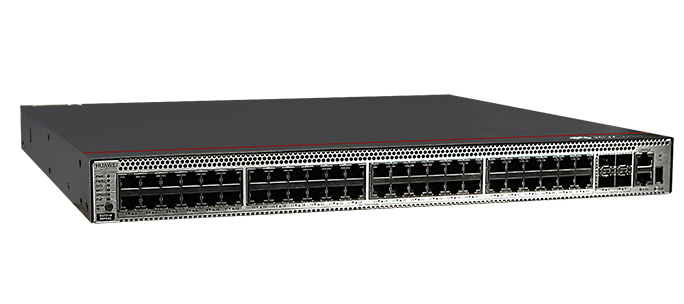

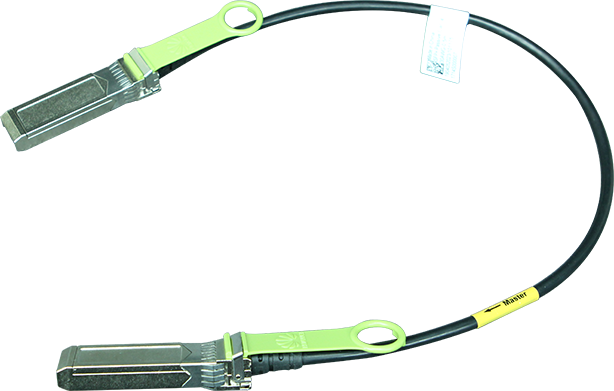


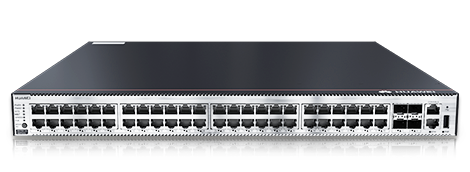

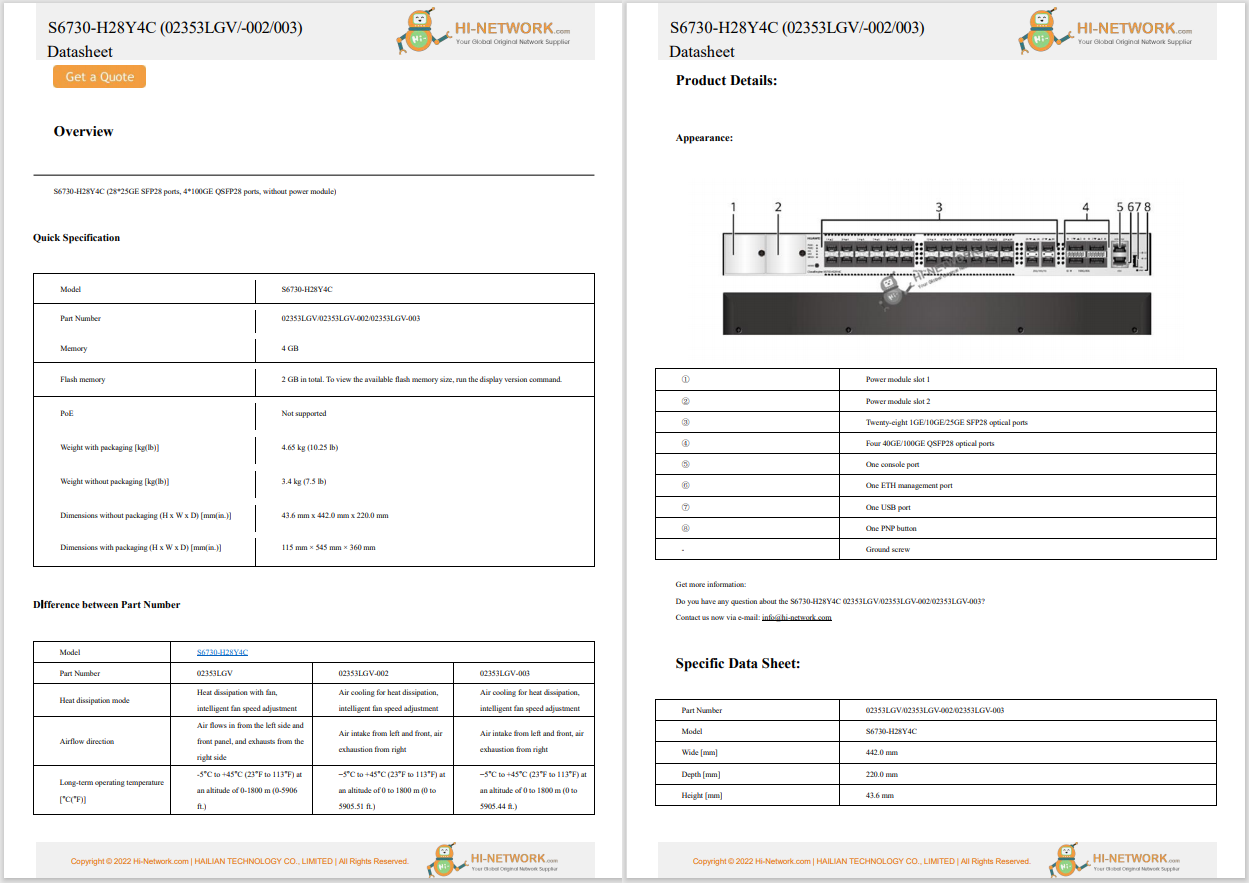

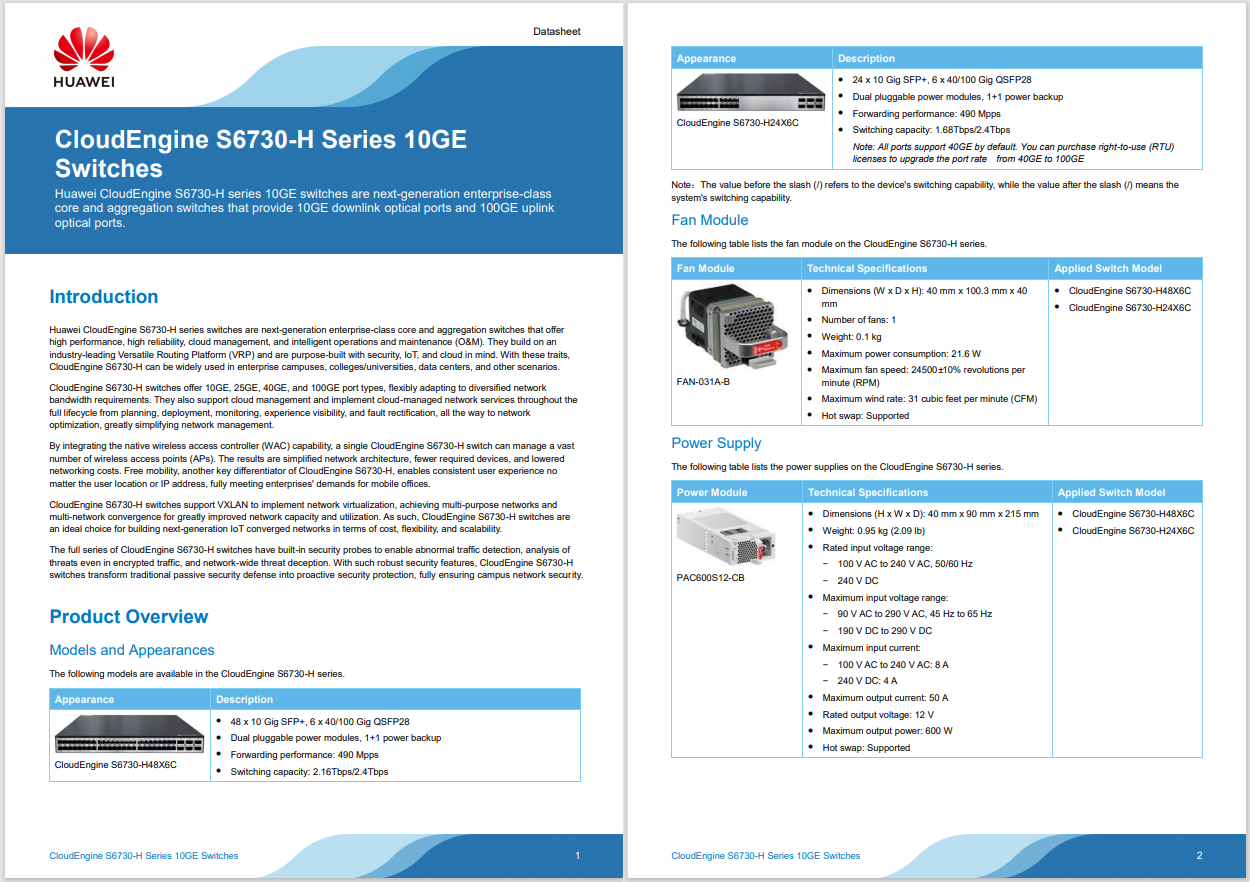




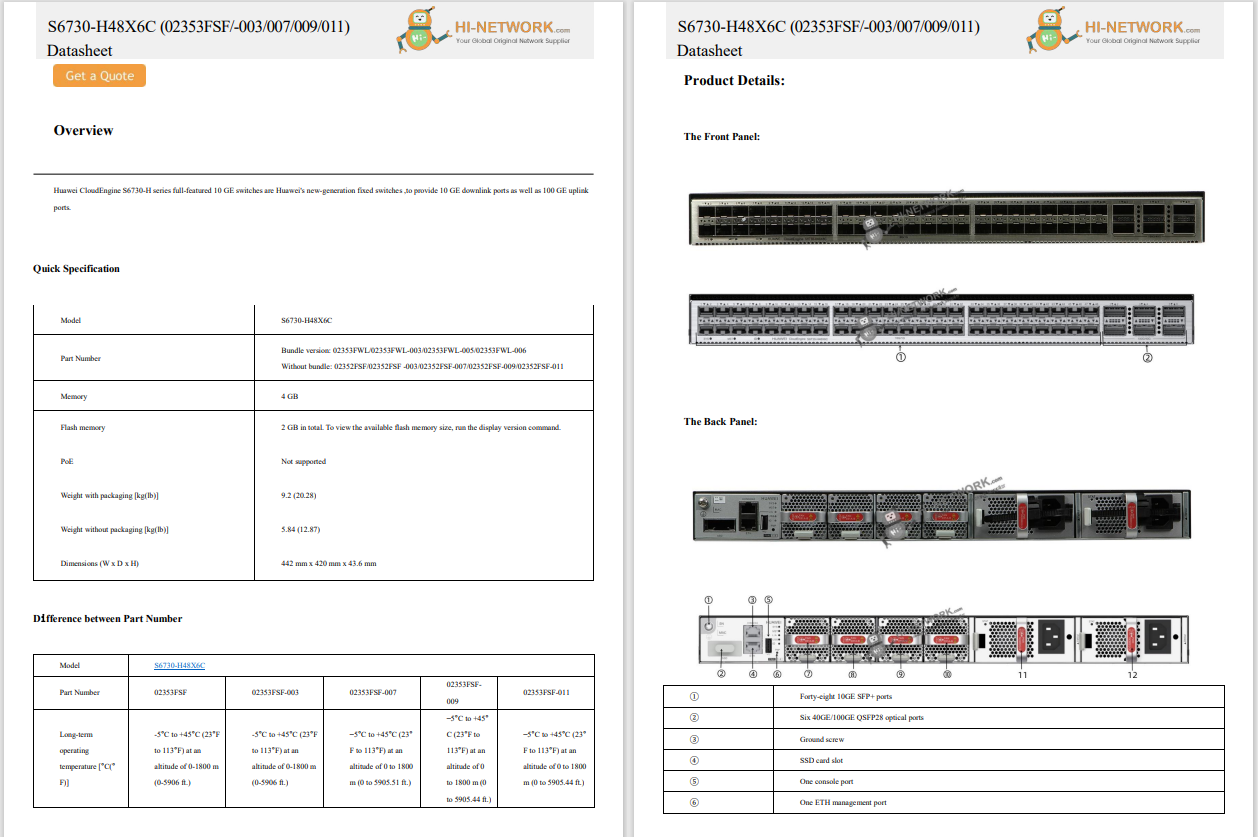
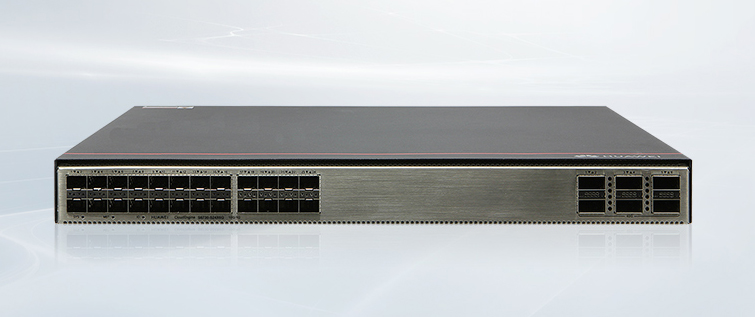



It's a rare occasion when a Linux distribution slips by my sight, but FunOS managed to do just that. This lightweight distribution was created with three things in mind:
How does it achieve those things? First, FunOS is based on Ubuntu LTS (Long Term Support), so it benefits from the stability found in one of the most widely used Linux distributions.
Second, FunOS achieves high performance using Joe's Window Manager, which is lightweight and easy to use.
Finally, FunOS achieves security by being a minimalist Linux distribution, with only the essential components and services, and the latest Hardware Enablement kernel.
Also: 5 factors steadily fueling Linux's desktop rise
FunOS only uses around 250 MB of RAM when idle, and the installer size is 1.8 GB. I spun FunOS up as a virtual machine to see what this distribution is all about. Although I was not made into a convert, I found FunOS to be a stellar addition to the growing line of Linux distributions capable of giving new life to old hardware.
Let me tell you how it went.
The installation was as simple as any Linux distribution. Because of FunOS's size, the installation took less than five minutes before I was ready for my first login.
Also: Should you ever pay for Linux? 5 times I would - and why
Upon logging in, the desktop was exactly what I expected from a lightweight OS. The layout was typical (panel, start menu, system tray), so there's zero learning curve for anyone who's used a traditional desktop environment. The desktop reminds me of Cinnamon, Mate, Xfce, and others that don't go out of their way to be fancy.
This distro isn't a stroll through a park in a black Victorian dress, pushing a perambulator while the sounds of Vivaldi fill the streets. This is walking the streets in your Hokas, sipping a latte, before your next Pickleball match. Yeah, the distro is boring, but it gets the job done effectively and efficiently. The desktop is fast, simple, and basic.
That basic part of that description needs a bit of explanation.
Also: How to upgrade your 'incompatible' Windows 10 PC to Windows 11 - 2 free options
Upon installing a Linux distribution, one of the first things I do is run through the desktop menu to see what's installed. With FunOS, I immediately noticed something missing... a GUI frontend for the package manager. There is no app store. That gap can be problematic for users looking to keep using their Windows 10 machine but who are new to Linux. As it is now, FunOS requires you to use the command line, and there's no way around that issue because of the minimalist collection of included software.
I opened the terminal window and ran the commands:
sudo apt-get update
sudo apt-get install synaptic -y
Synaptic isn't my favorite package manager, but it can be installed from nearly every standard repository and is effective. After Synaptic is installed, you click the start menu button and select Reload Menu, which will add the Synaptic entry. After that step, click the start menu > Settings > Synaptic, and you can then install any application you need.
The FunOS menu is basic but effective.
One thing to remember is that any time you install something new, you have to go through the menu reload process, otherwise, those new apps won't appear.
If FunOS were marketed as a full-blown distribution, I would fault it for shipping with so few apps and no package manager GUI. But given this is a lightweight distribution, I can't blame the developers for shipping with the bare minimum.
Also: The 5 most customizable Linux desktop environments - when you want it your way
FunOS isn't the most flexible desktop Linux distribution available. In fact, I would say it's one of the least flexible. However, I see that situation as a good thing. If someone new to Linux were to log into FunOS, there would be no concern of breaking the UI because of too many configuration options.
Those who want a flexible desktop should consider KDE Plasma, Xfce, Enlightenment, or Budgie. FunOS is a perfectly serviceable, easy-to-use, lightweight Linux distribution that shrugs off the bells and whistles of modernity in favor of simplicity and a rock-solid experience.
You don't get much customization with FunOS.
This is a pretty simple question to answer. If you have an old Windows 10 machine bound for the scrap heap, instead of throwing it away, install FunOS, and let that computer serve you for another five or ten years.
As long as you're not expecting a fun, thrilling, or beautiful desktop environment, you'll appreciate everything FunOS doesn't have to offer (like bloat, blue screens, and bogged-down performance).
Also: Zorin OS is exactly what a desktop operating system should be
Just remember, install Synaptic so you won't have to bother with the command line (unless you want to).
I wouldn't say FunOS is fun, but if you prefer your desktops to be more pragmatic, it will suit you just fine.
 Hot Tags :
Tech
Hot Tags :
Tech